TUESDAY APRIL 22 - FRIDAY APRIL 25
Join us for four days of in-person, hands-on Houdini training and conference talks in Breda, Netherlands. In collaboration with the Breda University of Applied Sciences, this paid conference will feature highly experienced procedural experts covering topics such as world building, game prototyping, pipeline optimization and more.
IGNITE WORKSHOP
PROJECT SKYLARK
Learn the fundamentals of tool-making with Houdini and Unreal Engine 5.
IGNITE WORKSHOP
PROJECT ELDERWOOD
Take a deep dive into Houdini to learn how to build advanced modelling Tools
HIVE PRESENTATIONS
INDUSTRY EXPERTS
Learn about procedural content creation or games from industry experts.
IGNITE WORKSHOP | Project Skylark
Creating a Procedural Stylized World!
For Beginners | In this workshop, you will learn the fundamentals of tool-making with Houdini and Unreal Engine 5. Our focus is on creating stylized assets procedurally by leveraging tools that speed up asset creation. In Unreal, we develop various tools that help us build stunning scenes—including houses, foliage, and bridges. All textures will be created using Houdini’s new Copernicus toolset.
SCHEDULE
TUESDAY
WEDNESDAY
9:30 AM
Introduction to Houdini
9:30 AM
Procedural Bridge
10:45 AM
Intro to Houdini + COPS
10:45 AM
Nailing It!
Adding details to bridges
1:00 PM
Making 1000 bottles
1:00 PM
Stylized houses
2:45 PM
Procedural Modeling:
A Cute Birdhouse
2:45 PM
Bringing the scene to life
with tooling
4:30 PM
Q&A + Recap
4:30 PM
Q&A + Recap
INSTRUCTORS
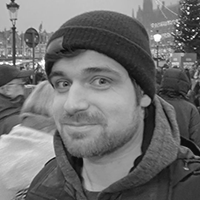
Simon Verstraete
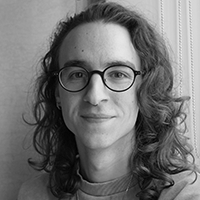
Julian Bragagna
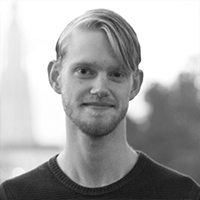
Marn Schokker
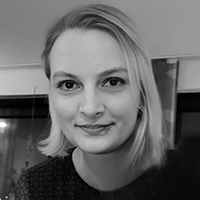
Lea Kronenberger
IGNITE WORKSHOP | Project Elderwood
Deep into Elderwood: APEX, COPs & Advanced Modelling
For Intermediate Artists | Project Elderwood and Natsura foliage tools will be used to demonstrate how APEX can be pushed far beyond rigging to create powerful simulations and flexible 3d modelling tools. We will also show how the addition of Copernicus to the Houdini toolset simplifies complex photogrammetry workflows that previously relied on multiple tools, enabling artists to waste less time on roundtrips, automate repetitive tasks, and get from raw-scan to in-engine results much faster.
Over the course of the two days of hands-on workshops, you will learn how to build a working modelling tool that highlights when APEX- based modelling tools make sense (and when they don't). The Apex sessions will be broken up by short SOPS and Copernicus-based tutorials and examples of plant modelling and scan processing.
No previous APEX experience is required, but a strong foundation in procedural modelling with Houdini is recommended.
SCHEDULE
TUESDAY
WEDNESDAY
9:30 AM
Introduction to APEX
9:30 AM
More on APEX
10:45 AM
More on APEX
10:45 AM
Scanned Asset Workflows
1:00 PM
COPS and Atlas Processing
1:00 PM
More APEX
2:45 PM
More on APEX
2:45 PM
Modeling Plants with Natsura
4:30 PM
Q&A + Recap
4:30 PM
Q&A + Recap
INSTRUCTORS
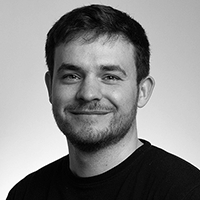
George Hulm
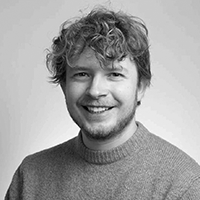
Feike Postmes
HOUDINI HIVE
PRESENTATIONS
SCHEDULE
TUESDAY
12:00 PM
LUNCH
1:00 AM
Erwin Heyms & Oscar Cerro |
E-Houdini Academy / Fracture Labs
2:45 AM
Paul Ambrosiussen & Moritz Schwind | Bismuth Consultancy B.V./Entagma
WEDNESDAY
12:00 PM
LUNCH
THURSDAY
FRIDAY
Paul Ambrosiussen & Joey Kowalewicz | Bismuth Consultancy & Applied Intuition
TUESDAY | PRESENTATIONS
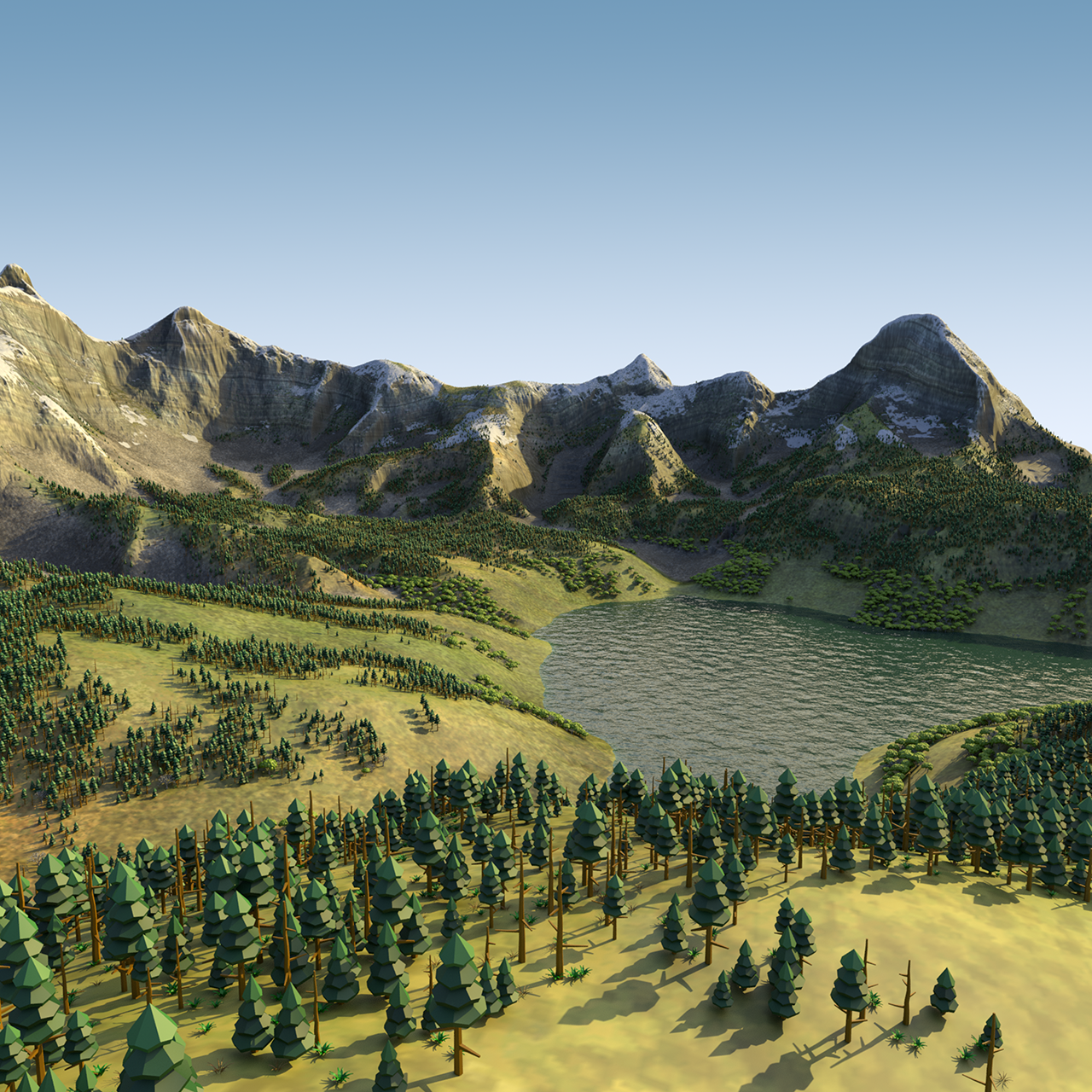
Tuesday | April 22 | 10:00 AM CEST
HEX Biome Generator (Totally Not Catan)
Learn how to build a biome generation pipeline using SideFX Labs newest Biome toolset. Workshop participants will start by designing a biome ID map in Copernicus with a random tile pattern. This biome ID map will then procedurally drive terrain terraforming, plant scattering, and terrain texturing to produce a fun, shuffled-biome, board game environment.
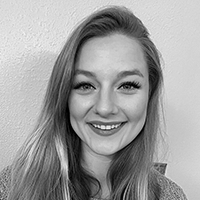
Bailey Hogan is a Technical Artist at SideFX on the Labs team. She has experience with Houdini to Unreal Engine pipeline integration and real-time content generation in Unity. (evironments, shaders, FX) Her current work focuses on developing tools that bring biomes to life in Houdini.
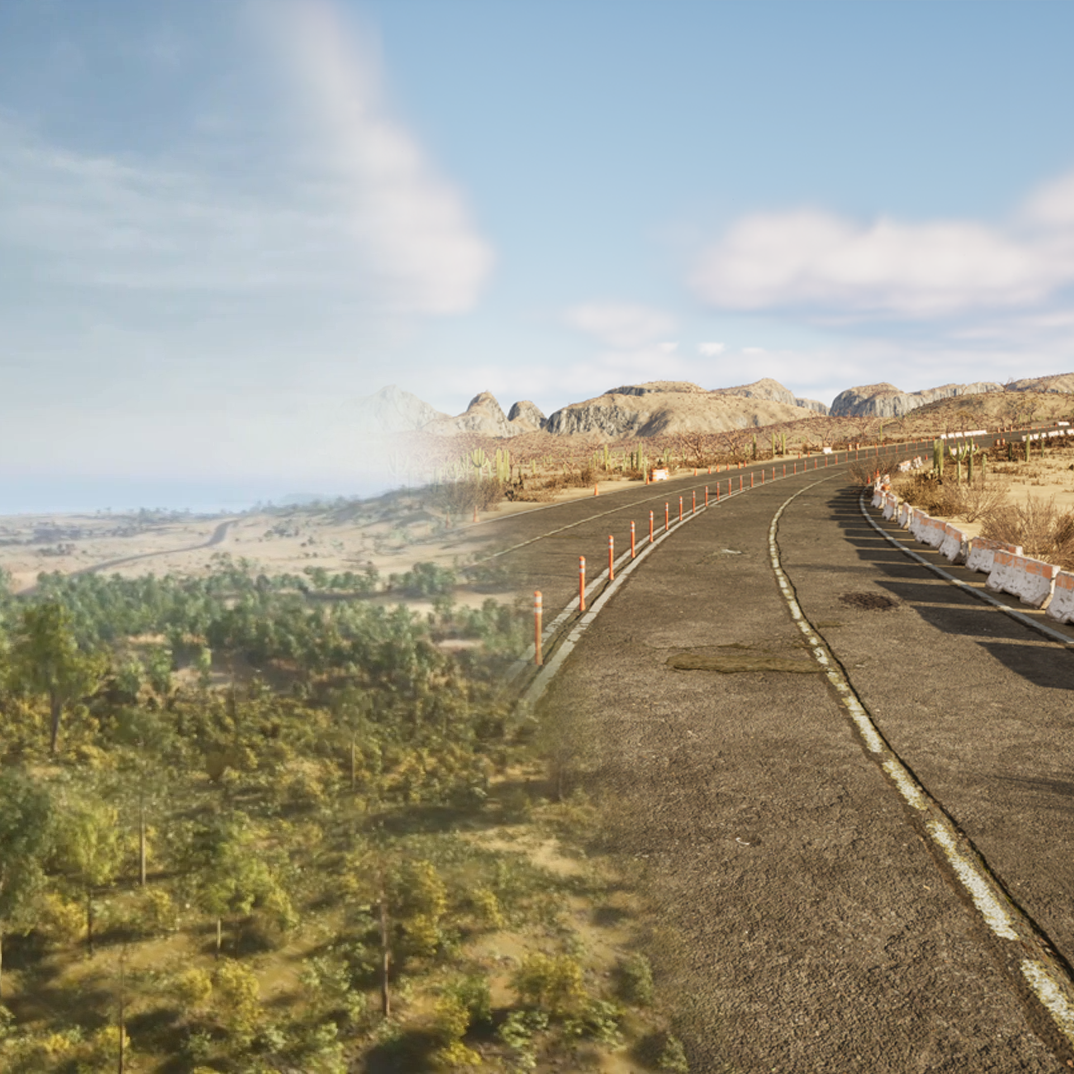
Tuesday | April 22 | 1:00 PM CEST
Compositing Props for World Partition
using Houdini and PCG
Learn how to create and composite foliage and props on a Massive Worlds scale using Houdini and PCG. A method that allows teams to iterate and collaborate on procedurally dressed environments, using unified prop grids in Unreal, fully compatible with world partition workflows. The participants will be shown how to use the upcoming Massive Worlds Toolkit v1.2 compositing pipeline. This toolset allows them to combine various sets of Houdini generated point clouds of foliage and rocks from different biomes with road props and RVT decals. Using a PCG driven widget in Unreal, you will then learn how to instantiate or re-instantiate these objects into an open world environment, with the simple click of a button.
Takeways | Attendees will learn how PCG and Houdini point clouds of props and foliage can be composited and instanciated into world partition compatible grids for open world propsing and decoration.
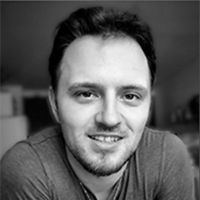
Erwin Heyms is a Procedural Pipeline Consultant & Developer at E-Houdini Academy with over 10 years of professional procedural game-dev experience on titles such as Ghost-Recon Wildlands and Breakpoint at Ubisoft. Since the Launch of Unreal 5, Erwin has been developing the Massive Worlds Toolkit, a Houdini based framework for Open World Construction, which is now being used by several game developers. Acting as a speaker at several Sidefx events of the years, Erwin has also created over 50 hours of freely available Houdini Foundation lectures bringing beginners up to speed with Houdini for Games.
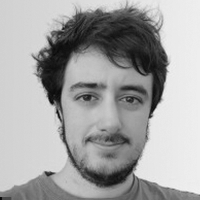
Oscar Cerro has several years of experience as a Houdini Technical Artist at Fracture Labs, and as a freelance developer in collaboration with Erwin Heyms on the Massive Worlds Toolkit.
Originally coming from a programming background, his experience with Houdini and Unreal ranges from world building, to procedural tool development for large scale environments. These tools include procedural construction for games, road decoration, biome distribution, and pipeline setup.

Tuesday | April 22 | 2:45 PM CEST
Containerized Machine Learning-based Content Generation for Houdini
In this workshop Paul will walk you through building containerized setups suited for implementing Machine Learning workflows inside Houdini without breaking your PC! In this session you will learn the basics of Docker, and how it can be used in production. With that environment set up, Moritz will use the TRELLIS Image to 3D container to generate geometry which can be used and modified inside of Houdini.
Takeways | Attendees will learn the basics of Docker and how it can be used in production environments with Houdini. As an example, the TRELLIS Image to 3D ML model will be used.
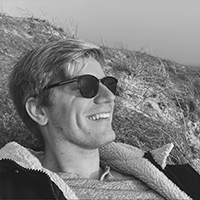
Paul Ambrosiussen is a freelance Senior Technical Artist at Bismuth Consultancy, specializing in procedural content generation, pipeline development, and the use of machine learning in creative production. He works extensively with tools like Houdini and Unreal Engine to build scalable solutions for studios. Previously, he led tool and workflow development at SideFX Labs, collaborating with teams across games, film, and tech. Paul thrives on solving complex pipeline challenges, prototyping experimental workflows, and bridging the gap between artistry and technology through talks, workshops, and community-driven initiatives.

Moritz Schwind is gonna take part in it all - Be it pixels, hardware, code or cameras. And sometimes even reassemble it. In his spare time, he likes to dabble with code and create generative artwork. He claims his early exposure to QBasic is no help at all when working in Houdini, Blender, Processing or Arduino. But it might have been what started his fascination for the boundaries of code and art. When not wreaking havoc to any intriguing devices around him, he works as a freelance Technical and Art Director. His more recent areas of interest cover the use of scientific algorithms in generative design and the application of AI in creative fields

Tuesday | April 22 | 4:30 PM CEST
HDA Development for High-Precision Environments
When needing to efficiently produce high-accuracy environments, the reliability and intuitiveness of your toolkit is paramount. User input must be minimised, and the automated processes must be airtight to ensure as little time is lost as possible. This workshop will walk you through a variety of functions that can be implemented into your HDAs to benefit your user experience and improve the stability of your output.
Takeways | Attendees should understand how to utilise Python and VEX within their HDAs to cache parameter data and improve the user’s interactivity options within the viewport.
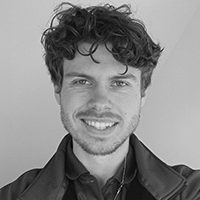
George Pennyfather is a Technical Artist for Q3D Studios, specializing in the production of procedural 3D tools and pipelines in SideFX Houdini. Previously an associate lecturer at the University for the Creative Arts, he now works with Q3D Studios on their production of visuals for the automotive industry and a top Formula One team’s state-of-the-art DIL simulator. George is always hunting for clever ways to save clicks and revolutionize the efficiency of the team’s pipelines.
WEDNESDAY | PRESENTATIONS
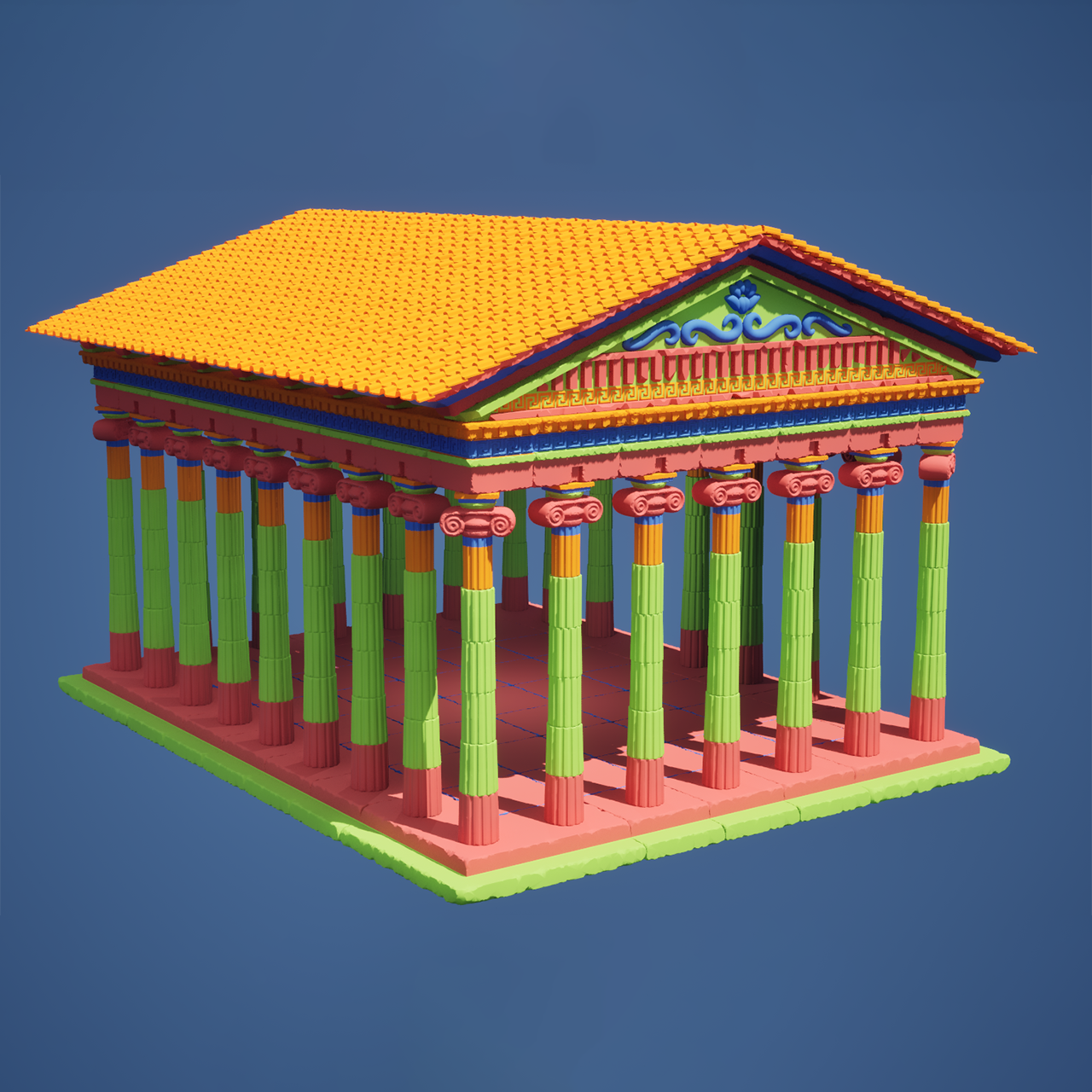
Wednesday | April 23 | 9:30 AM CEST
All Roads Lead to Hou-PCG
Building Environments with Houdini and Unreal Engine PCG
Takeways | Attendees will learn how to export your 3D environments from Houdini into Unreal using PCG, the pros and cons of both and how they complement one another.
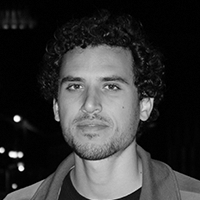
Mohamad Salame is a Tech Artist at SideFX working on the SideFX Labs team. I like volleyball, art and Houdini and making games

Wednesday | April 23 | 10:45 AM CEST
Destruction VFX Techniques with Houdini and Unreal
The focus of this master class will be to demonstrate several techniques for fracturing geometry within Houdini and Unreal and using those fractured assets inside Unreal for real-time destruction. The class with be divided into three different approaches for creating this destruction, using Houdini fractured assets with Niagara Systems and Point Caches, using Houdini fractured assets with Chaos simulations and finally fracturing and simulating with Chaos tools in Unreal while triggering Niagara Systems to spawn dust and debris.
Takeways | Attendees will learn several novel approaches for using fractured geometry from Houdini while controlling the dynamics inside of Unreal Engine. Simulating pre-fractured assets inside Unreal Engine with Niagara particles along with passing data from Chaos simulations to Niagara systems to emit dust and debris will all be explained.
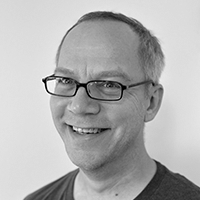
Chris Chapman is Lead VFX Artist supervising the VFX team at NetherRealm Studios, his latest completed project, MK1, was nominated for a VES for outstanding VFX in a real-time project in 2024. He has been creating VFX for over twenty years in both the film and game industry. He began his VFX career, after an internship at SideFX, working at Digital Domain and Rhythm & Hues studios where he created VFX with Houdini on a wide variety of live-action feature films, including The Day After Tomorrow, Chronicles of Narnia, Night at the Museum, and The Golden Compass, amongst others. He moved over to CG feature animated films creating VFX while at BlueSky Studios including the films Ice Age and Rio franchises, The Peanuts Movie, Epic, Ferdinand, and Spies in Disguise. In addition to overseeing the VFX team at NetherRealm, he occasionally finds opportunities to teach VFX at the college level and enjoys exploring the creative image-making process using procedural workflows with Houdini and Unreal.
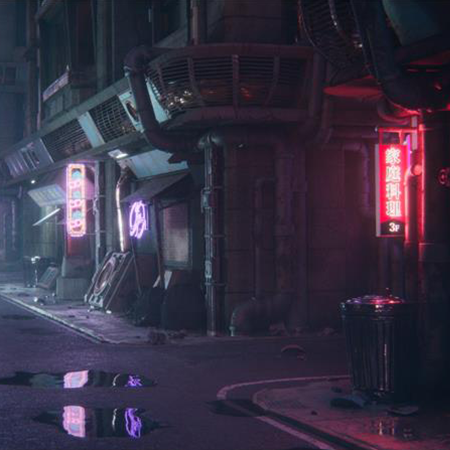
Wednesday | April 23 | 2:45 PM CEST
Project Violet: Procedural Road Textures in Copernicus
In this session, we will take a look a the setup used in Project Violet to fully procedurally generate road texture tiles.
Takeaways | Attendees will get an introductions to some of the key techniques and features of Copernicus that allow for high fidelity textures without losing granular control.

Sam Taylor has over 10 years experience in the industry. He started his career at REALTIME working on a range of game trailers, cinematics, and advertising projects. A passion for technical problem solving and knowledge sharing led him to join the lecturing team at the University of Bolton to help establish the technical areas of their VFX and Animation degree course and bring Houdini into their pipeline. During his seven years at Bolton, he continued to work as a freelance Generalist, most often for Screenclay FX on some of their film and TV projects. His experience has seen him take on roles including Generalist, FX Artist, Cloth TD, Texture, Shader and Look Dev Artist, Lead 3D Artist, CG Supervisor, Environment Asset Build and Layout and 3D Asset Technical Build. Sam returned to REALTIME in the position of Head of Innovation & Development, where he is in charge of staff development and training, and exploring emerging technologies and techniques. He has also established REALTIME's junior training scheme (The Level Up Programme) to help new junior artists get their first job in the industry.
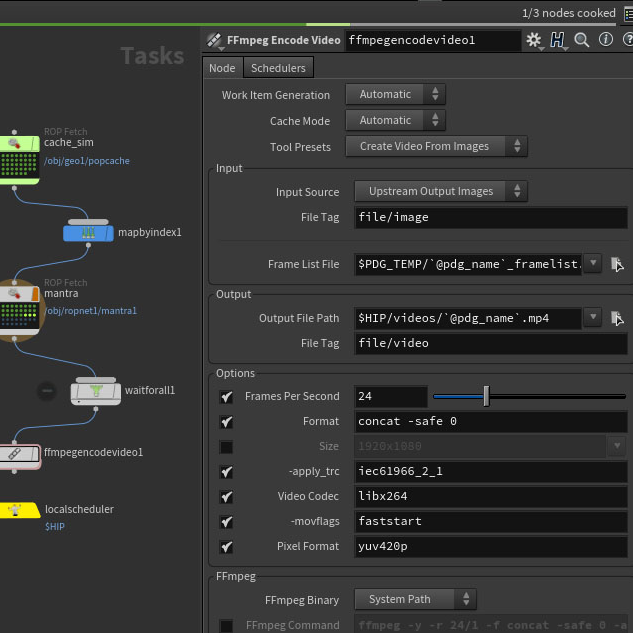
Wednesday | April 23 | 2:45 PM CEST
TOPs Masterclass
A walkthrough of TOPs from first principles through to complex production-level workflows.
TOPs is a procedural architecture designed to distribute tasks and manage dependencies to better scale, automate, and analyze content pipelines for Film, TV, Games, Advertising and VR. TOP nodes integrate seamlessly with the rest of Houdini. This brings the power of TOPs to FX, Games, Motion Graphics and other workflows. TOPs also works with technologies such as Houdini Engine.
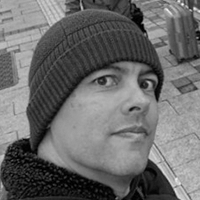
Matt Estela has a long and varied career in VFX and animation, with experience at studios like Animal Logic and Framestore CFC. He is also known for his expertise in Houdini, and for contributing to CG educational resources. He is a currently a Senior Houdini Artist at Google, and used Gemini to write this bio.
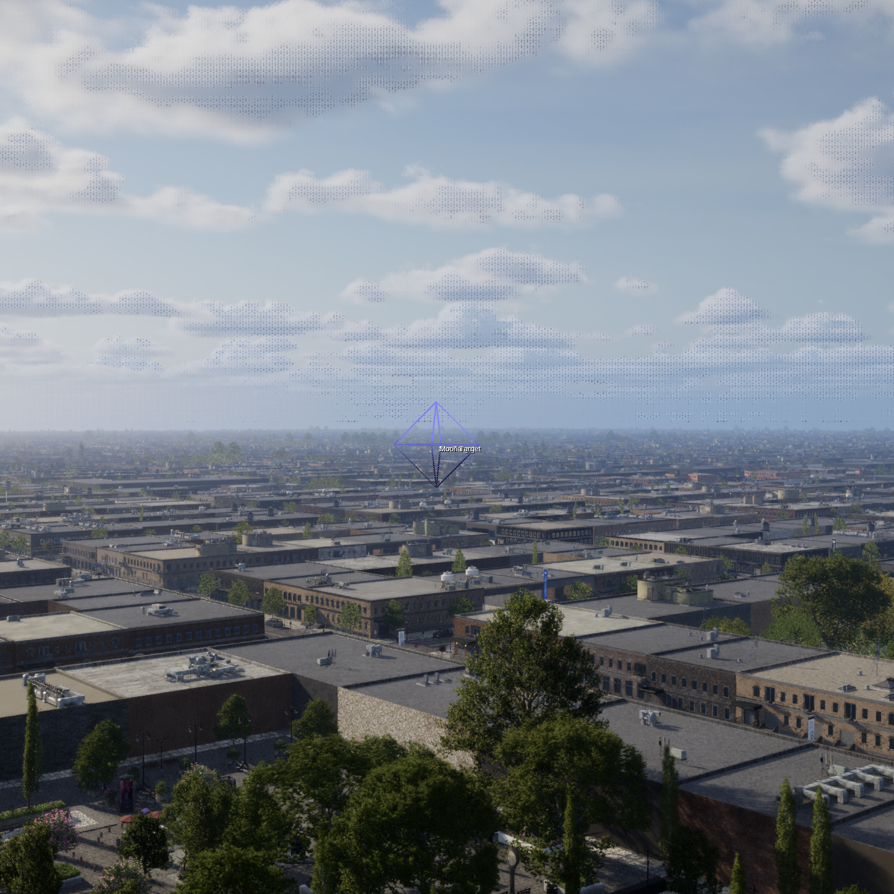
Wednesday | April 23 | 4:30 PM CEST
LLM-Powered Houdini Digital Assets
This hands-on workshop guides participants through creating their first LLM-powered Houdini Digital Asset (HDA). We'll start with the basics of setting up Ollama locally, then learn how to design and implement a practical tool that leverages large language models to enhance your Houdini workflow. Participants will learn how to efficiently pass parameters between Houdini and LLMs, avoid common pitfalls like context overload, and structure their tools for optimal results. The session culminates with an exciting demonstration of using vision models to analyze and refine Houdini-generated content, opening up new possibilities for iterative creation. Perfect for Houdini users looking to incorporate AI into their pipeline, no prior machine learning experience required.
Takeaways | Attendees learn to create LLM-powered Houdini tools by setting up Ollama locally, building parameter interfaces between Houdini and AI models, and implementing vision-based feedback systems. They gain practical knowledge of context management and JSON handling for efficient AI integration in their Houdini workflow.
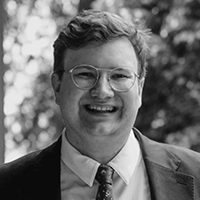
Thomas Tobin is a technical Art Director specializing in procedural environment creation for AAA games. Pioneered systems at Unity and Ubisoft that reduced environment creation time from months to days. Currently leading synthetic world development for video AI while teaching at Vertex School. GDC speaker with expertise across multiple platforms, known for combining technical innovation with leadership to deliver cutting-edge procedural solutions.
THURSDAY | PRESENTATIONS
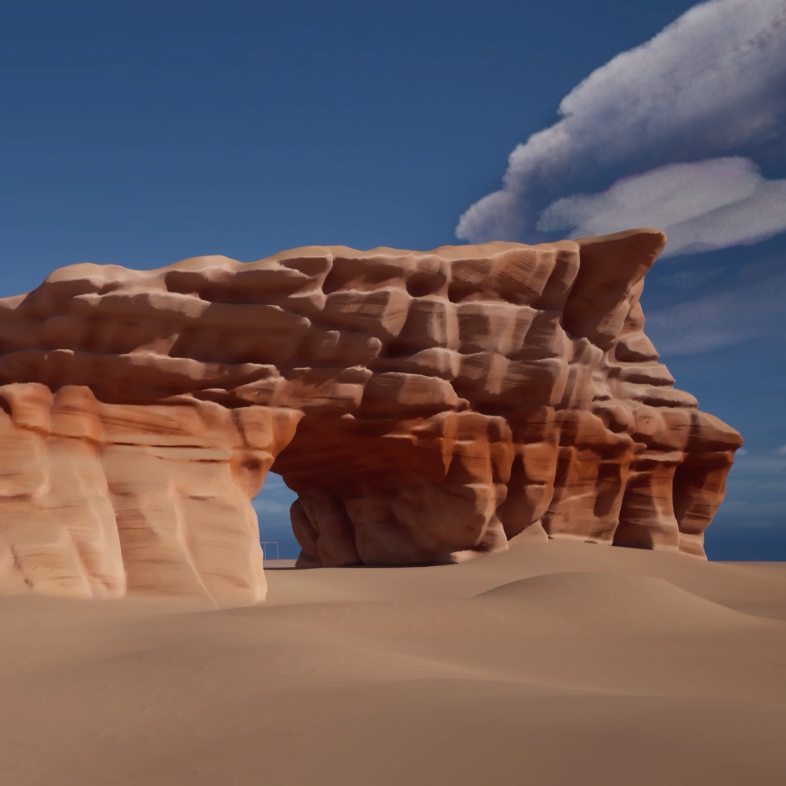
Thursday | April 24
Why You Should Open Source
Mythica is a company focused on building foundational tools for procedural game development. Slater Victoroff will explain why open sourcing our tools is the best choice for both our company and the industry. We’ll explore the challenges and benefits of open source and why you should consider it too.
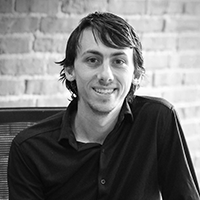
Slater Victoroff is the CEO of Mythica, a board member at Indico Data, and an Entrepreneur in Residence at 406 Ventures. He co-founded Indico Data in 2012 to make deep learning more accessible, helping to develop LLMs, generative AI and foundation models. Slater also served as VP of Research at Neocybernetica, focusing on embodied AI and world models. He now leads Mythica, merging his deep AI expertise with procedural innovations to create open-source tools for game development. He is well known for his passionate love of mushrooms.

Thursday | April 24
Worlds from Words
Superworld demonstrates how LLMs transform natural language into procedural Houdini workflows, instantly generating terrains and cities from text prompts. Our pipeline automatically manages thousands of technical parameters, making sophisticated Houdini capabilities accessible to anyone regardless of technical expertise. This revolutionary approach represents the future of creative tool interaction, where AI comprehension meets procedural power to democratize content creation while preserving artistic control.

Thomas Tobin is a technical Art Director specializing in procedural environment creation for AAA games. Pioneered systems at Unity and Ubisoft that reduced environment creation time from months to days. Currently leading synthetic world development for video AI while teaching at Vertex School. GDC speaker with expertise across multiple platforms, known for combining technical innovation with leadership to deliver cutting-edge procedural solutions.

Thursday | April 24
ZibraVDB: Compression and Realtime Rendering of OpenVDB
Overview of VDB compression technology called ZibraVDB for Houdini and Unreal Engine. Demonstrating how it not only reduces storage sized but also enables realtime rendering of VDB sequences.
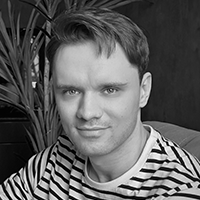
Dmytro Kucherenko is a Technical Artist specializing in computer simulation and graphics technologies across both gaming and cinema industries. My career began as a graphic software engineer before transitioning into game development, where I specialized as a technical artist focusing on performance optimization and pipeline efficiency. With advanced proficiency in Houdini, Unreal Engine, and experience in programming and scripting, I bridge the gap between artistic vision and technical implementation. Currently, at Zibra AI, I've evolved from my technical artist role into a Product Owner position, where I manage the company's product portfolio.
FRIDAY | PRESENTATIONS
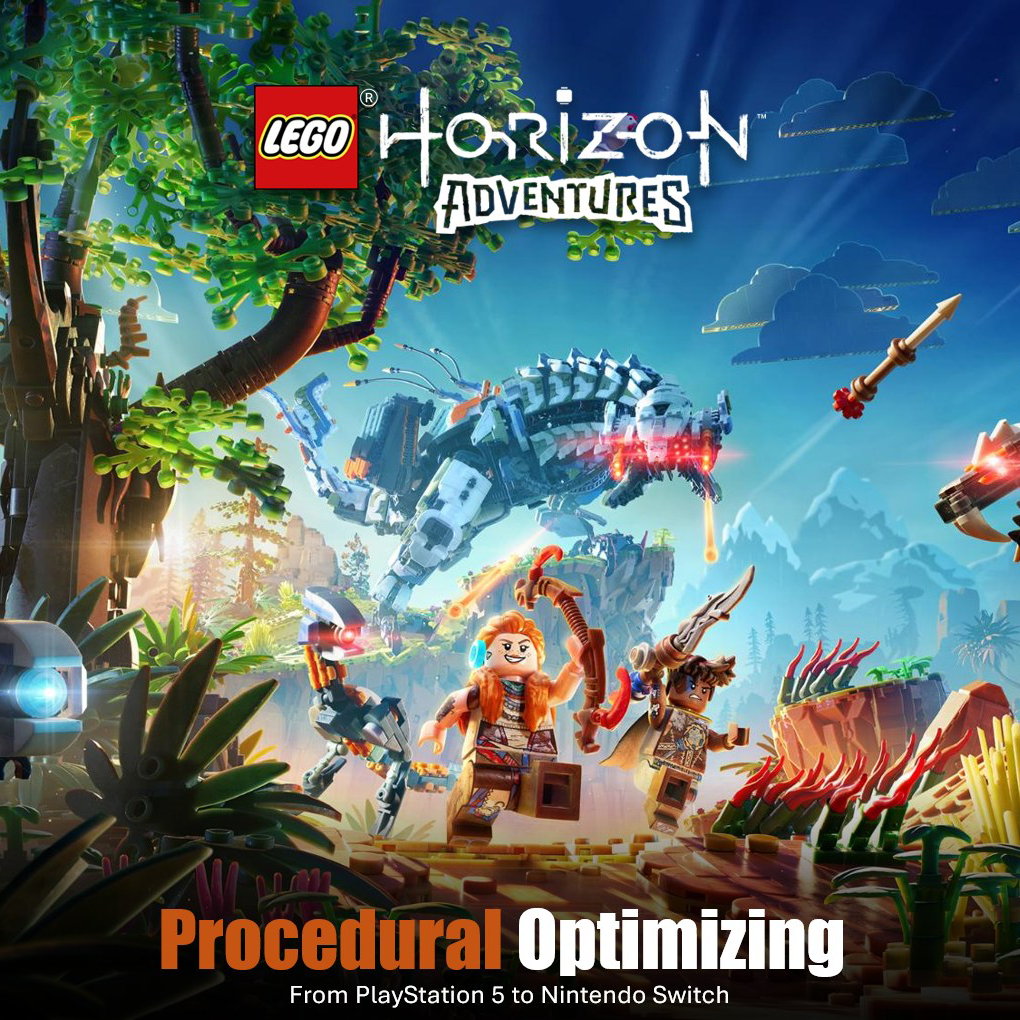
Friday | April 25
LEGO Horizon Adventures: Procedural Optimization
Optimizing a game for multi-platform comes with various challenges. In this talk we will cover how procedural pipelines where build for LEGO Horizon Adventures.

Simon Verstraete is a tech Artist that loves building procedural tools and assets. By adding more and more procedural approaches to his workflow, he is able to build 3D models with speed and flexibility. Previously worked at Exiin and with SideFX, and now at Studio Gobo as senior tech artist.
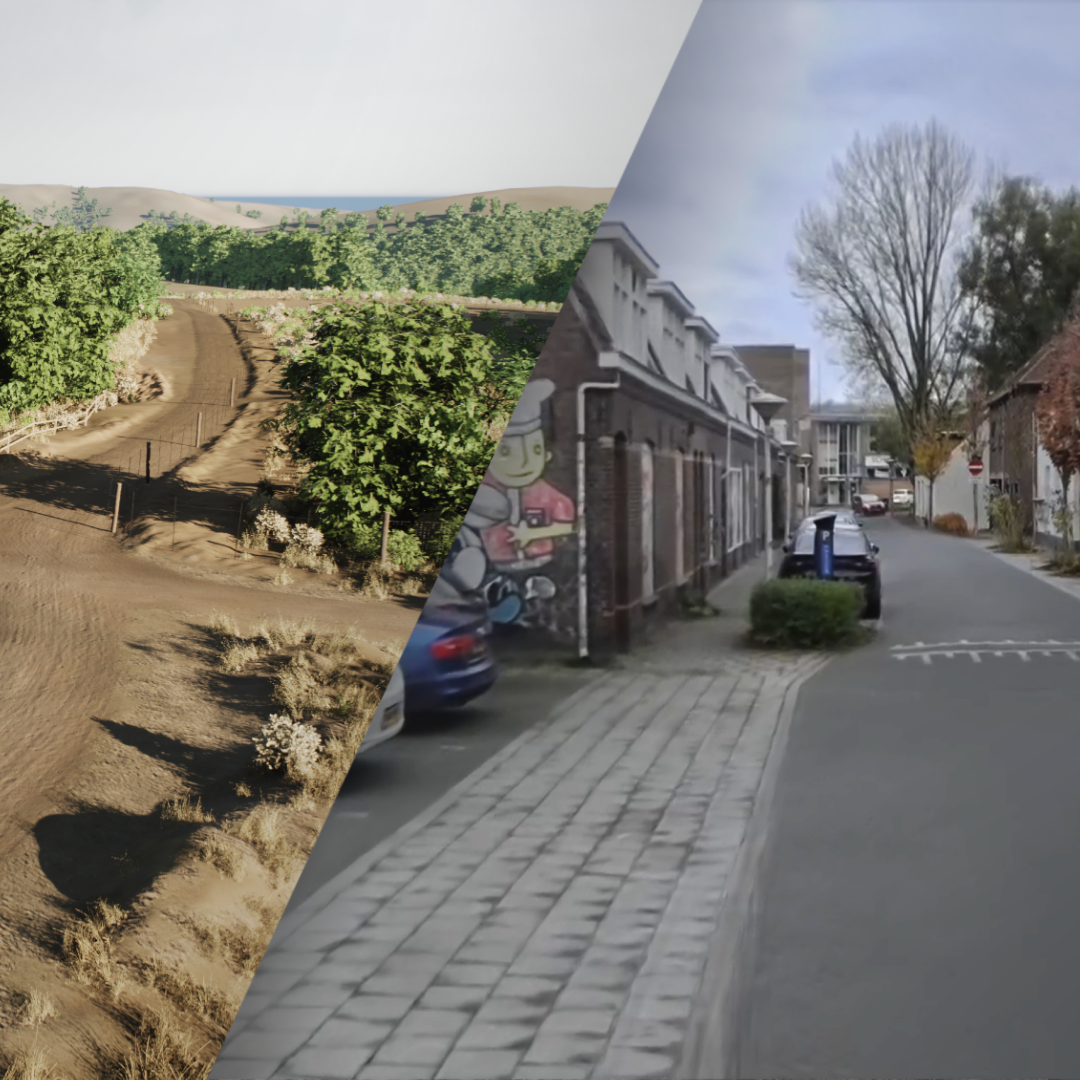
Friday | April 25
Procedural Map Creation from Sensor Data: Traditional and Gaussian Splatting Workflows
In this session, Paul and Joey from Applied Intuition will dive into two production workflows for generating procedural maps from multimodal sensor data, including lidar, camera imagery, and auxiliary metadata. The talk will cover a traditional pipeline centered around mesh and heightfield generation, as well as an alternative pipeline leveraging Gaussian Splatting for efficient scene reconstruction. The talk covering Houdini and Unreal Engine workflows will highlight key technical challenges, data conditioning steps, and tradeoffs in fidelity, performance, and scalability.

Paul Ambrosiussen is a freelance Senior Technical Artist at Bismuth Consultancy, specializing in procedural content generation, pipeline development, and the use of machine learning in creative production. He works extensively with tools like Houdini and Unreal Engine to build scalable solutions for studios. Previously, he led tool and workflow development at SideFX Labs, collaborating with teams across games, film, and tech. Paul thrives on solving complex pipeline challenges, prototyping experimental workflows, and bridging the gap between artistry and technology through talks, workshops, and community-driven initiatives.

Joey Kowalewicz is a staff Houdini TA at Applied Intuition with a passion for data processing and content generation for offroad simulation. He primarily works with lidar and other forms of real world sensor data to generate synthetic data sets that mimic reality. Previous, Joey has worked as an FX TD at Liaka, Blue Sky and Pixar Studios amoung other various commercial and episodic studios with a focus on fluid dynamics. Processing and manipulating the large scale fluid simulations has given him a respect for data analytics and precision accuracy leading to where he is today.
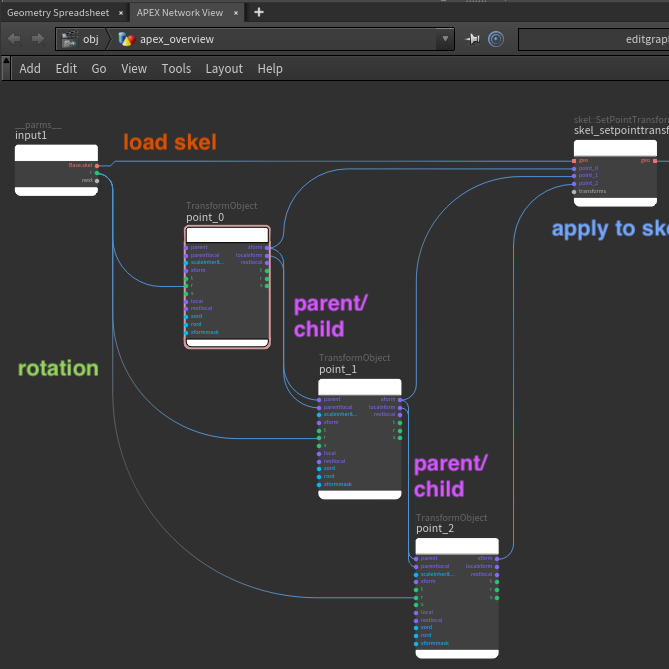
Friday | April 25
APEX 101
APEX is still pretty scary and new for most existing Houdini artists, this talk will provide a jargon free explainer of the problems APEX is trying to solve, and a bridge from assumed Houdini knowledge into APEX.

Matt Estela is a skilled woodworker and content creator. Matt Estela on the other hand makes CGWiki, and has been doing CG before a lot of Houdini people were born. He currently works at Google.
